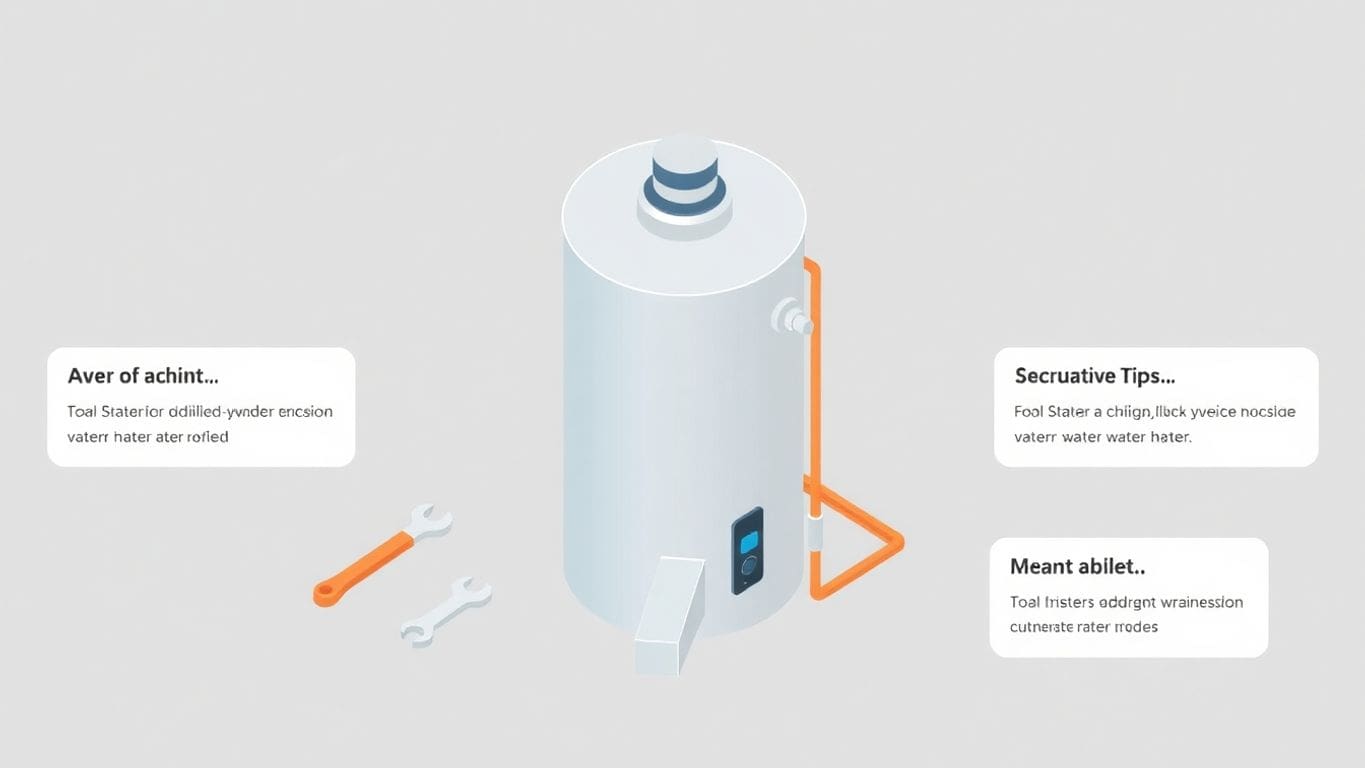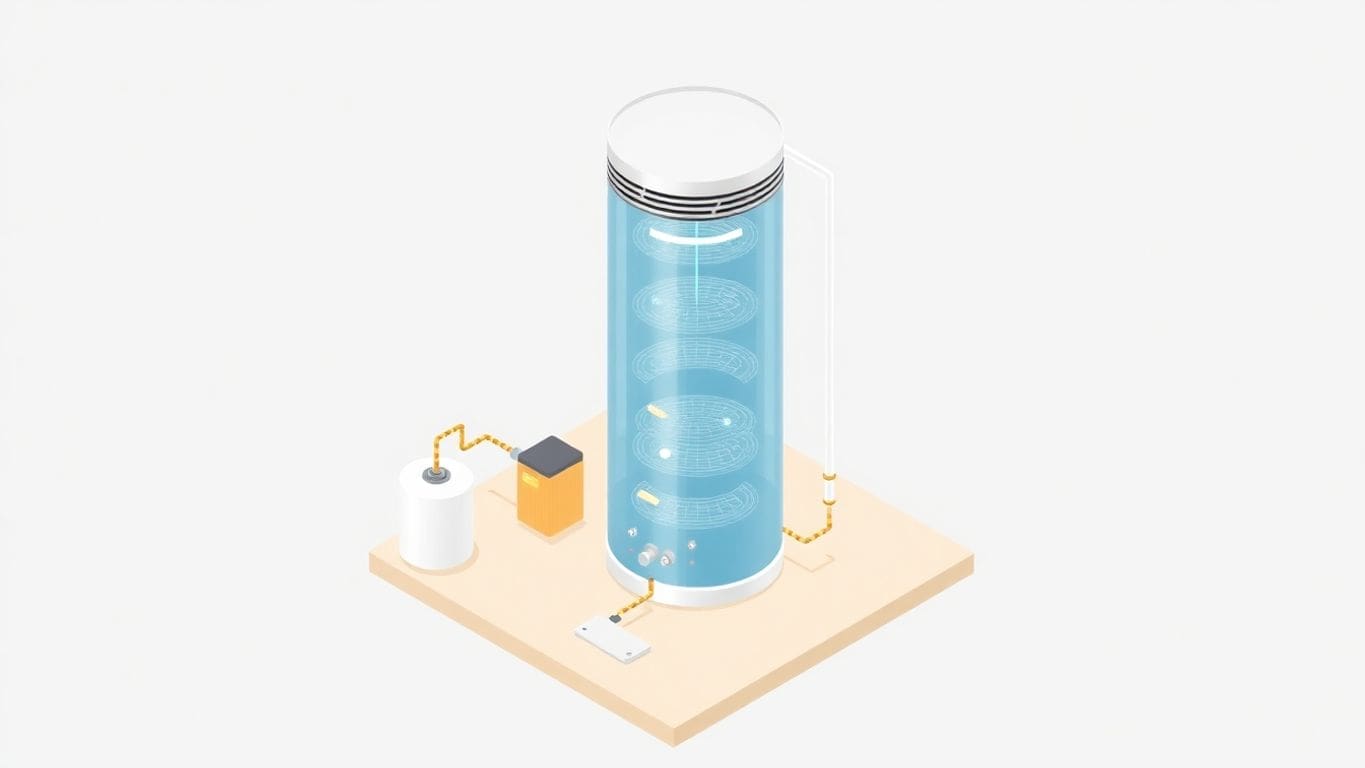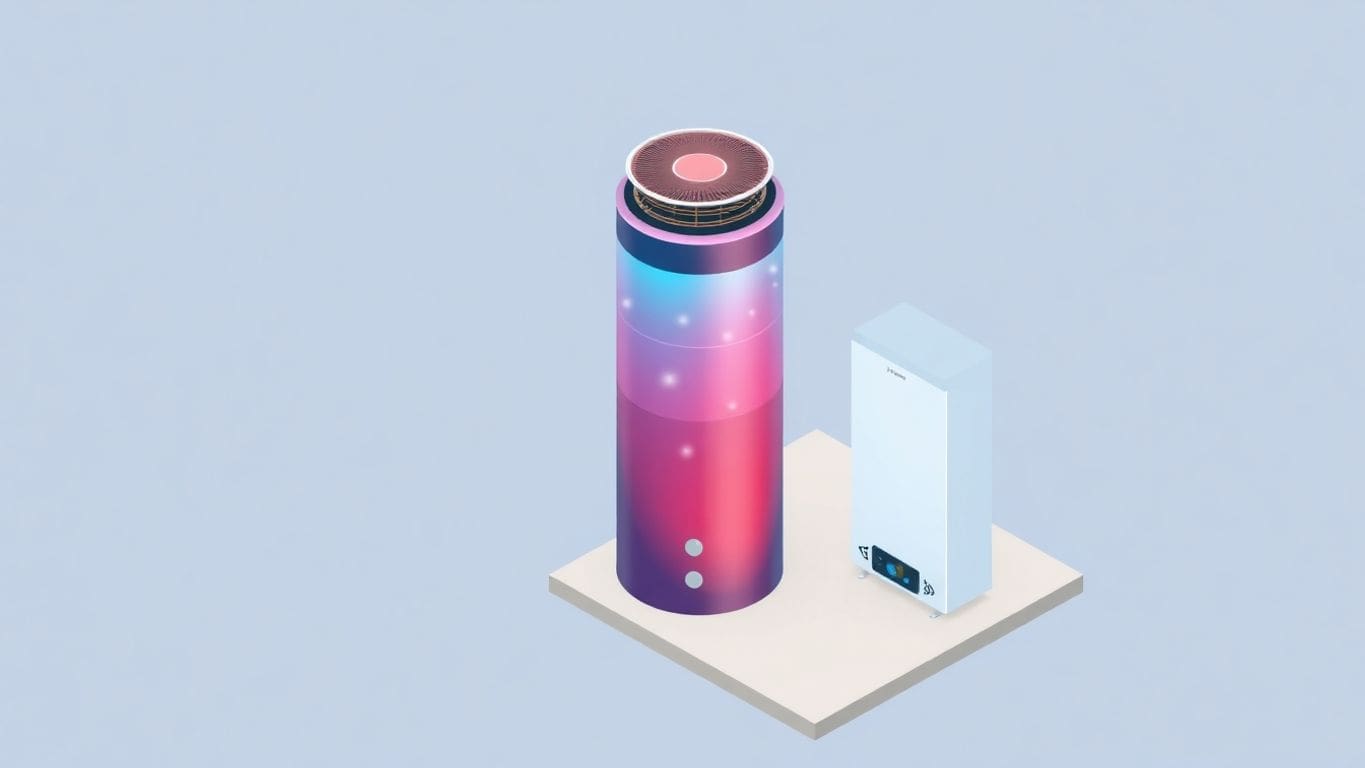
If you’ve noticed water pooling around your tankless water heater, you might be dealing with a leak from the relief valve. This issue can arise from various causes, and understanding them can help you tackle the problem effectively. In this article, we will explore the common reasons for tankless water heater leaks, especially from the relief valve, and provide solutions to fix them. Let’s dive into the key takeaways to help you manage and prevent leaks in your system.
Tankless water heaters are great for saving energy. However, they can still leak. Here are some common reasons why your tankless water heater might be leaking:
If your water heater is not vented correctly, it can cause condensation. This moisture can lead to leaks. Always follow the manufacturer’s instructions for venting. Proper venting helps keep your heater working well.
High water pressure can be a big issue. Tankless water heaters work best with low pressure. If the pressure is too high, it can cause leaks. You should check your water pressure regularly. If it’s above 30 PSI, you might need to install a pressure regulator.
Loose or damaged pipe connections can also lead to leaks. If the connections are not tight, water can escape. Make sure all fittings are secure. If you notice any leaks, it’s best to call a plumber to fix them.
Remember, regular maintenance is key to preventing leaks. Check your water heater often to catch any problems early.
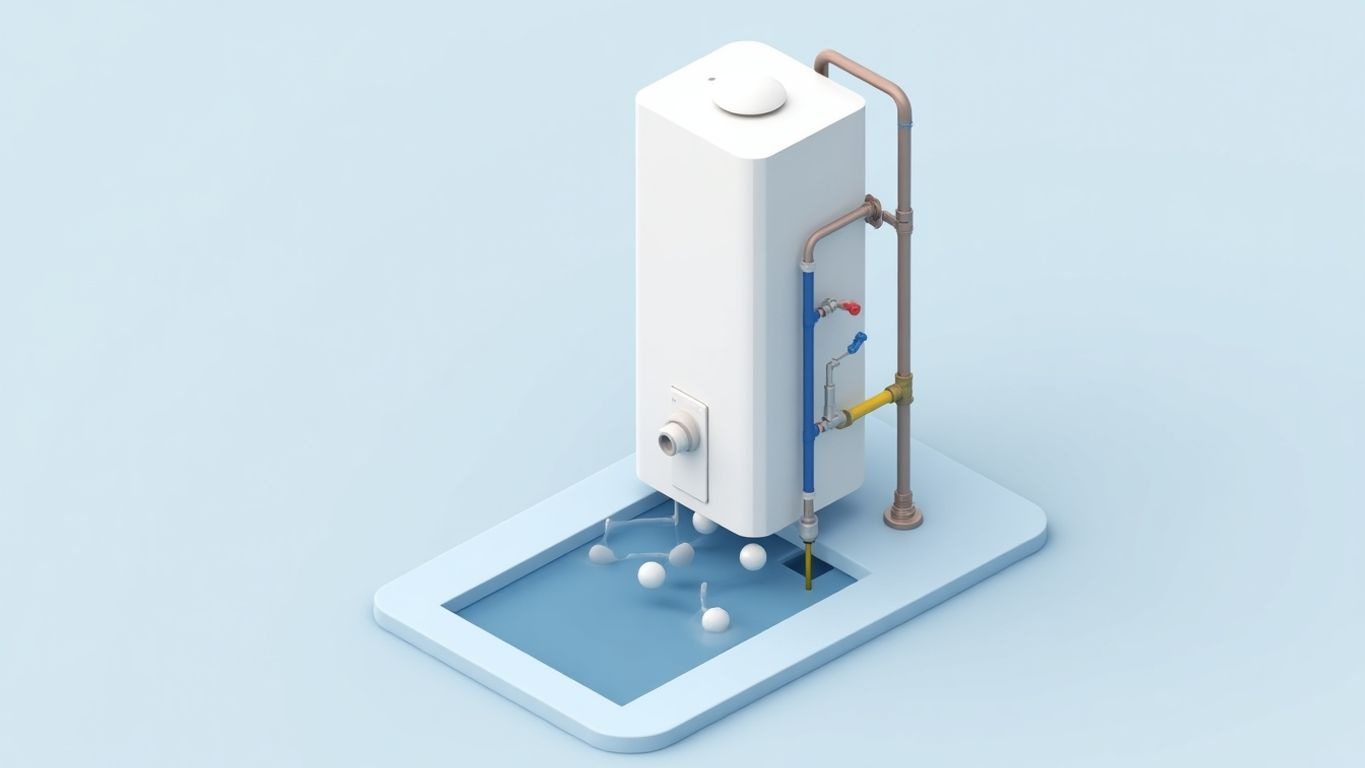
The relief valve is an important part of your tankless water heater. It helps keep the system safe. This valve releases extra pressure or heat. If the pressure gets too high, the valve opens to let out water. This prevents damage to the heater.
You should watch for signs that your relief valve might be broken. Here are some common signs:
Testing the relief valve is easy. Follow these steps:
Regularly checking your relief valve can help prevent leaks and keep your heater running well.
Remember, a working relief valve is key to a safe and efficient water heater!
High water pressure can cause serious problems for your tankless water heater. Here are some signs to look for:
To keep your heater safe, consider installing a pressure regulator. This device helps control the water pressure coming into your home. It can prevent damage to your heater and pipes. Here’s how to install one:
Regularly checking your water pressure is important. You can use a pressure gauge to do this. Here’s a simple way to monitor it:
Remember, high water pressure can lead to leaks and damage. Regular checks can help you catch problems early. If you notice any issues, consult a professional.
By understanding how high water pressure affects your heater, you can take steps to protect it. This will help ensure your heater runs smoothly for years to come. Regular maintenance is key to avoiding costly repairs.
Hard water can cause problems for your tankless water heater. It contains minerals that can build up over time. This buildup can lead to leaks and other issues. Regular maintenance is key to preventing these problems.
Hard water can cause:
Flushing your heater helps remove mineral deposits. Here’s how to do it:
Installing a water softener can help reduce hard water issues. Here are some options:
Regularly checking and maintaining your tankless water heater can save you from costly repairs. Don’t wait for a leak to happen!
Tankless water heaters need to be installed correctly. If not, they can leak. Incorrect installation can lead to serious problems. Here are some common issues:
Remember, a well-installed tankless water heater can last longer and work better. Don’t skip this important step!
Corrosion can be a big problem for your tankless water heater. It happens when metal parts get damaged over time. This can lead to leaks, which can be frustrating. Regular checks can help you spot corrosion early. Here are some signs to look for:
| Leak Location | Possible Cause |
|---|---|
| From the bottom | Corroded heat exchanger or internal parts |
| From the top | Corroded inlet or outlet connections |
To prevent corrosion, you should:
Taking care of your heater can help it last longer and work better. Regular maintenance is key to avoiding leaks.
If you notice any signs of corrosion, it’s best to act quickly. This can help you avoid bigger problems later on. Remember, keeping an eye on your heater can save you time and money in the long run.
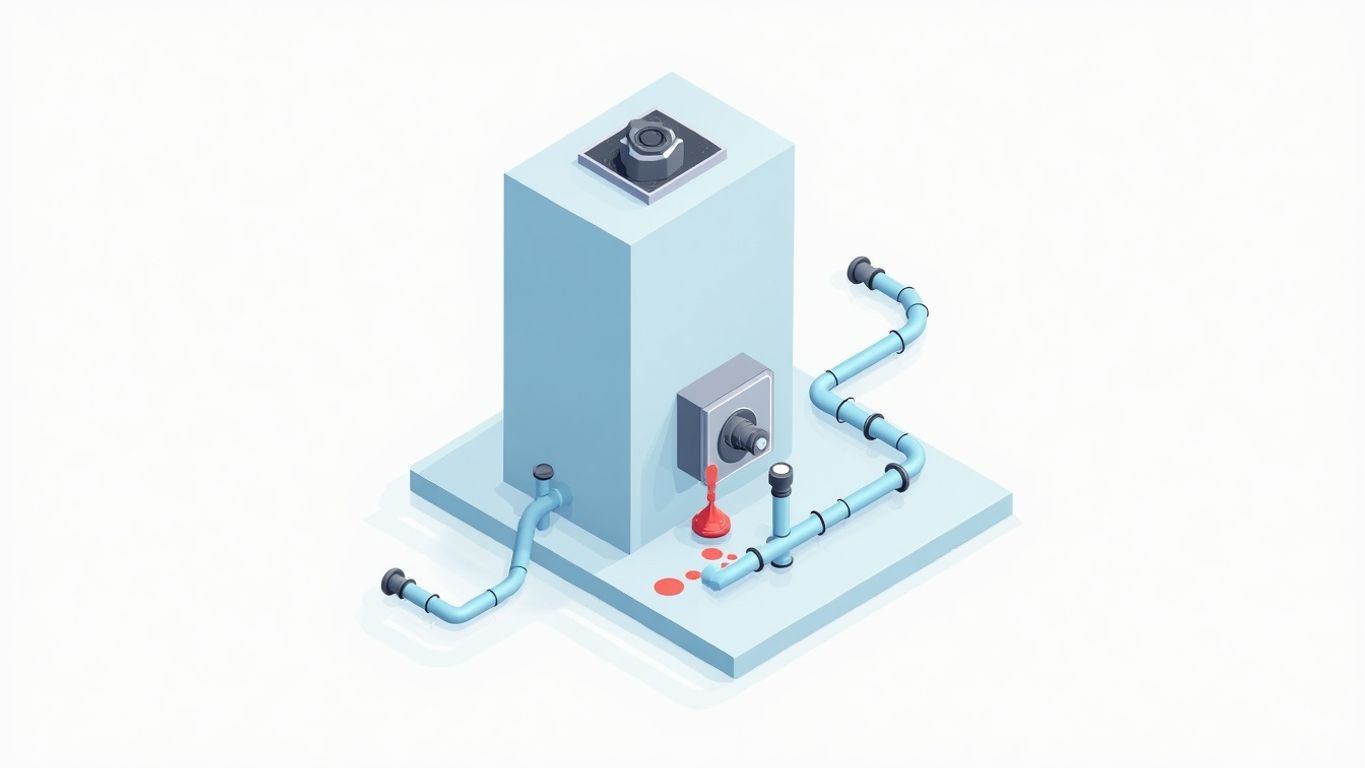
When your tankless water heater has problems, it might be due to internal component failures. These issues can come from parts like the heat exchanger, pressure sensor, or valves. Recognizing these problems early can save you time and money. Here are some common signs to look for:
If you notice any of these signs, you may need to:
If you can’t find the problem or if it seems too complicated, it’s best to call a professional. They have the tools and knowledge to fix internal issues safely.
Regular checks can help you catch problems early. This keeps your heater running well and can prevent bigger issues later on.
By understanding these common internal failures, you can take steps to keep your tankless water heater in good shape. Remember, staying informed is key to avoiding leaks and ensuring your heater works efficiently!
When you notice your tankless water heater leaking, it’s important to act quickly. Here are the steps you should follow:
First, turn off the power to your heater. If it runs on gas, shut off the gas supply. Next, turn off the cold water supply to stop more water from entering the heater.
Look for where the water is coming from. Check around the fittings, pipes, and the relief valve. If you see water pooling, that’s a good sign of where the leak might be.
If you can’t find the leak or if it looks serious, consult your heater’s manual. It can provide specific instructions for your model. If needed, don’t hesitate to call a professional.
Remember, quick action can prevent bigger problems. If the leak is severe, it might cause damage to your home.
By following these steps, you can manage the situation better and keep your heater running smoothly. Regular checks can help you catch issues early and avoid leaks in the future.
Regular maintenance is key to a long-lasting heater!
To keep your tankless water heater running well, you should:
Adding safety features can help prevent leaks and other issues:
It’s a good idea to have a professional check your heater:
By taking these steps, you can help ensure your tankless water heater works efficiently for many years. Regular care is key to avoiding big problems later.
Regular maintenance is important for keeping your tankless water heater in good shape. Taking care of your heater can help prevent big problems later. Here are some reasons why you should keep up with maintenance:
Regular maintenance is not just about fixing things. It’s about keeping your heater running smoothly and efficiently. By taking these steps, you can enjoy hot water without worry.
Tankless water heaters can leak due to hard water buildup, high water pressure, poor installation, or worn-out parts.
You can prevent clogs by regularly flushing the heater and using a water softener to reduce mineral buildup.
Yes, corrosion can cause leaks as it damages the internal parts over time, leading to small holes.
If the relief valve is leaking, check for rust or damage, and consider replacing it if necessary.
To find leaks, turn off the power and water, then visually inspect the unit for dripping or pooling water.
Regular maintenance includes flushing the heater, checking connections, and ensuring the relief valve works properly.
Yes, for complex problems or repairs, it’s best to hire a qualified plumber to ensure safe and effective solutions.
High water pressure can cause leaks and damage the heater, so it’s important to monitor and control it.

